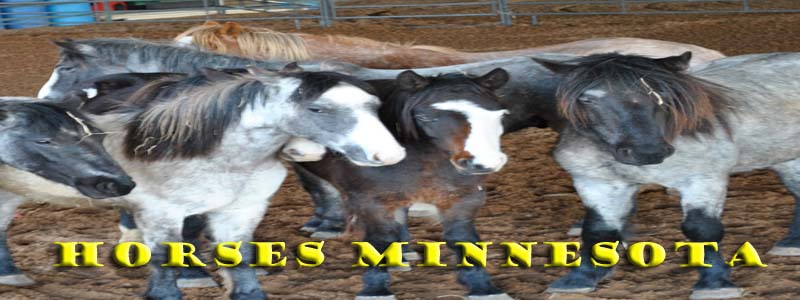|
We don't often think about it now that we're in the modern age and the mortars are pulled around by a truck with a combustion engine, but we owe a lot of our success as a species to the assistance of horses. As little as a hundred years ago, horses did all the work that is now attributed to tractors and engines. Though there are much fewer work horses around now, they still deserve our respect for their enormous contribution to our history.
Work horses, also called draft horses, dray horses, or heavy horses, are much larger than their equestrian and racing counterparts because they're bred to do tough jobs. Many weigh more than 2,000 lbs and stand up to 7 feet tall. Despite their huge size, however, work horses are generally not dangerous, as they are bred for the patience and good-natured obedience that is required to act as an engine. They are, however, much more expensive to support than a normal riding horse.
There are many different breeds of work horse, some of which have been bred to do specific tasks, such as pulling a plough or carrying a rider into battle. Clydesdales are probably the most famous of the work horse breeds owing to the face that the Budweiser beer company has plastered their pictures all over every store accessible area. Other famous breeds of draft horse include the Shire horse, the Oldenburg, the Cleveland Bay, the Dutch Harness horse, the Hackney, the Percheron, and the Thoroughbred.
Pulling objects was and still is the primary duty of a draft horse. Before the chainsaw and the plow, forestry was dominated by the use of work horses to haul away logs. Horses were also used on farms to pull the plow and cart around loads of produce and seed. Horses not only carried fully armored knights into battle but also maneuvered cannons and heavy guns into position right up until the end of the First World War. Today draft horses are used on Amish and Mennonite farms, in carriage rides, and in pulling competitions.
Though many breeds of draft horses went into decline after the invention of the internal combustion engine, many were given new life by crossing their bloodlines with lighter riding breeds in order to create a middle of the road horse that can do everything from carry you through an equestrian course to pull your used woodworking equipment into the shop for you.
| 